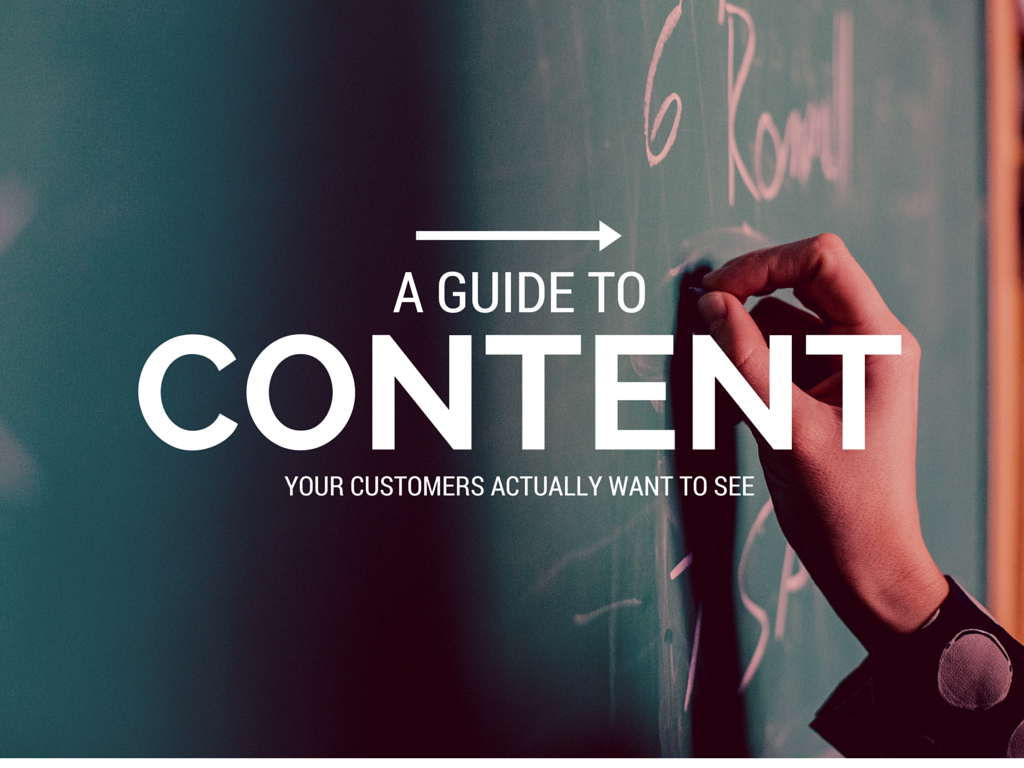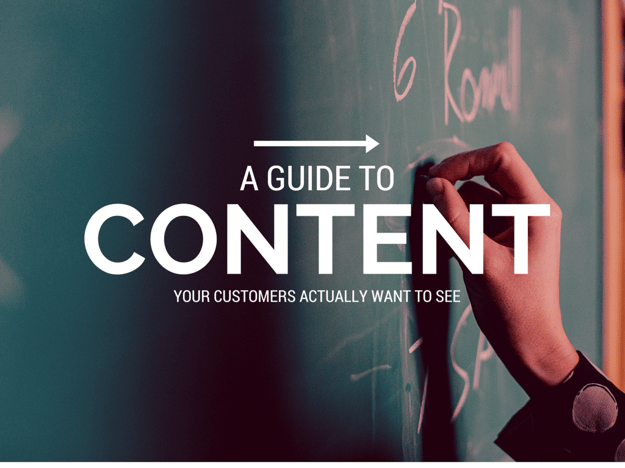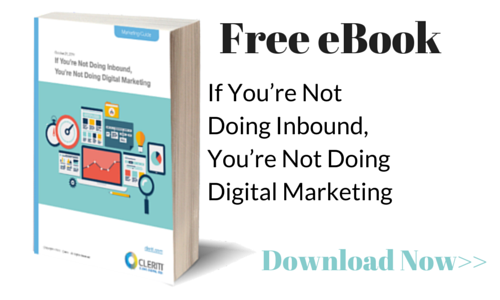- Sep 4, 2015
- By Gina Yeagley
- In Marketing Strategy and Planning
Coming Up with Content Based on Customer Pain Points


Above all else, content marketing should fulfill a clearly-defined need. That is to say, content just for the sake of content does very little for your company and your customers in comparison to what is could be doing with a strategic plan behind it. Marketing directed towards a specific customer must be a focused effort to make the lives of your customers as easy as possible, and is an essential part of inbound marketing. The first step to using content to generate leads is to produce content that suggests solutions and clearly addresses any pain points or roadblocks your customers have in their day-to-day lives. Here’s a brief guide on how and why you should create content that is based on your customers’ pain points to get the most out of your marketing efforts.
Focus on the Negative
Many businesses don’t want to concern themselves with negative thinking. However, it’s the right kind of negative thinking that will be your biggest ally in focusing your marketing towards your ideal customer.
If your boss came to you and asked you what you hate doing, and then created solutions to make those painful things easier, you’d be eternally grateful. Content marketing is no different. Your content should resolve pain points for your customers if you want them to value your brand. And the only way to understand those pain points is to move beyond positive feedback and learn what customer needs aren’t being met.
The customer is king, but not all businesses today can adapt overnight. At Cleriti and for the customers we work with, we know what our product/service is, who the right persona and most ideal customer is, the struggles customers have that lead to choosing the product or service, and what makes it a remarkable fit. In our content, we have addressed several of the most pressing pain points our customers have and we are constantly listening to them so we are able combine these pain points and prepare to adapt for solving new problems that arise for our customers. With these pain points, we are able to produce more relevant content and the experience people have with our content.
The pain points B2B marketers have that we build our content around are:
1) Measuring the ROI of Marketing Programs
2) Not Enough Time (or Resources) to Produce Content
3) Generating More Sales Qualified Leads
5) Marketing Planning, Budget and Strategy
6) Marketing and Sales Alignment (a problem we often have, ourselves) and
7) Social Media Marketing for Business
As you can see, all of our content maps to these pain points including our blog topics, lead generation offers, case studies, and the conversations we monitor on social media are around these pain points.
Build Trust
Every customer wants to feel that they’re understood by the company marketing to them. There’s nothing worse than being targeted by an organization that clearly doesn’t understand what you’re all about as a consumer. Don’t make this mistake!
When you speak to people in terms they understand about topics that interest them, they naturally feel a stronger affinity towards you. That goes a long way in terms of building trust. If customers think your company understands their situation, they’ll be more inclined to take you seriously — and that may result in increased sales.
Ideas for Content
Generating great ideas for content that meets your customer’s needs is easier than you think. All you have to do is look at the feedback you’ve been given by your customers. If you don’t have that type of feedback, then ask for it. Believe it or not, you can find this information in some pretty obvious places.
- Search engine keywords: People come to your website looking for something specific. Why not give that to them? There may be no purer form of feedback than analyzing the search terms your existing customers used to find you online. It’s likely that other ideal customers will use the same language when they type in a search query. If a lot of viewers, leads and customers have similar searches, it’s a good idea to center some of your content around those terms and make sure they are in your post title, meta descriptions, image alt tags and linking to pages within your website. Keywordtool.io is a great tool to look for keywords being searched on each search engine, on YouTube and even in the app store. In HubSpot, we look for keywords and suggested keywords that are under 70 in difficulty and make sure we provide a variety of ways to cover the search term without being redundant.
- Customer support tickets: When someone contacts your company with complaints or concerns, those are golden ideas for content. Whether it’s something your site is missing or an issue with your service, you’ve got a great idea for future topics and building an awesome knowledge base.
- Speaking directly with customers: Developing buyer personas to pinpoint exactly who your ideal customer is can be ultra-effective, but they have to be based on research. Reaching out to existing customers and asking what needs they had before purchasing from your company will give you a better idea of what people really want and, more importantly, what they’re not getting. Make it your priority to deliver that content.
Always Put the Customer First
It’s not all that difficult to get results from content marketing if you remember to put customers’ needs first. That doesn’t mean simply kissing up to them — it means digging deep to figure out their pain points, then addressing those concerns with your content. A team member at Cleriti told me a few weeks ago “Give your customers what they want, not what they ask for,” and this really stuck with me. Doing this will not only go a long way with those customers, but it’ll also give your organization an even better understanding of what makes your core audience tick. That, in turn, can lead to increased brand awareness and qualified leads from your content marketing efforts.





